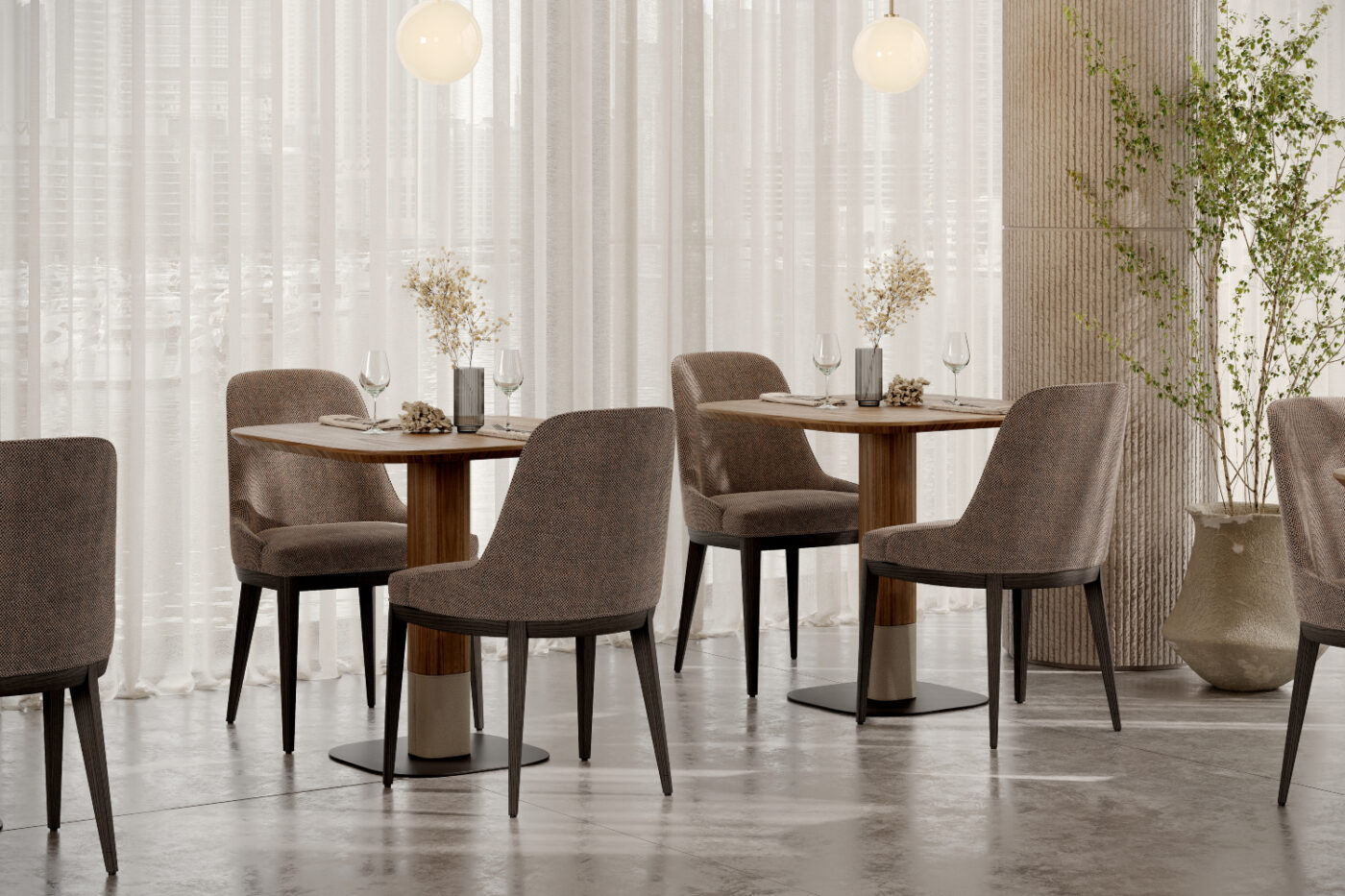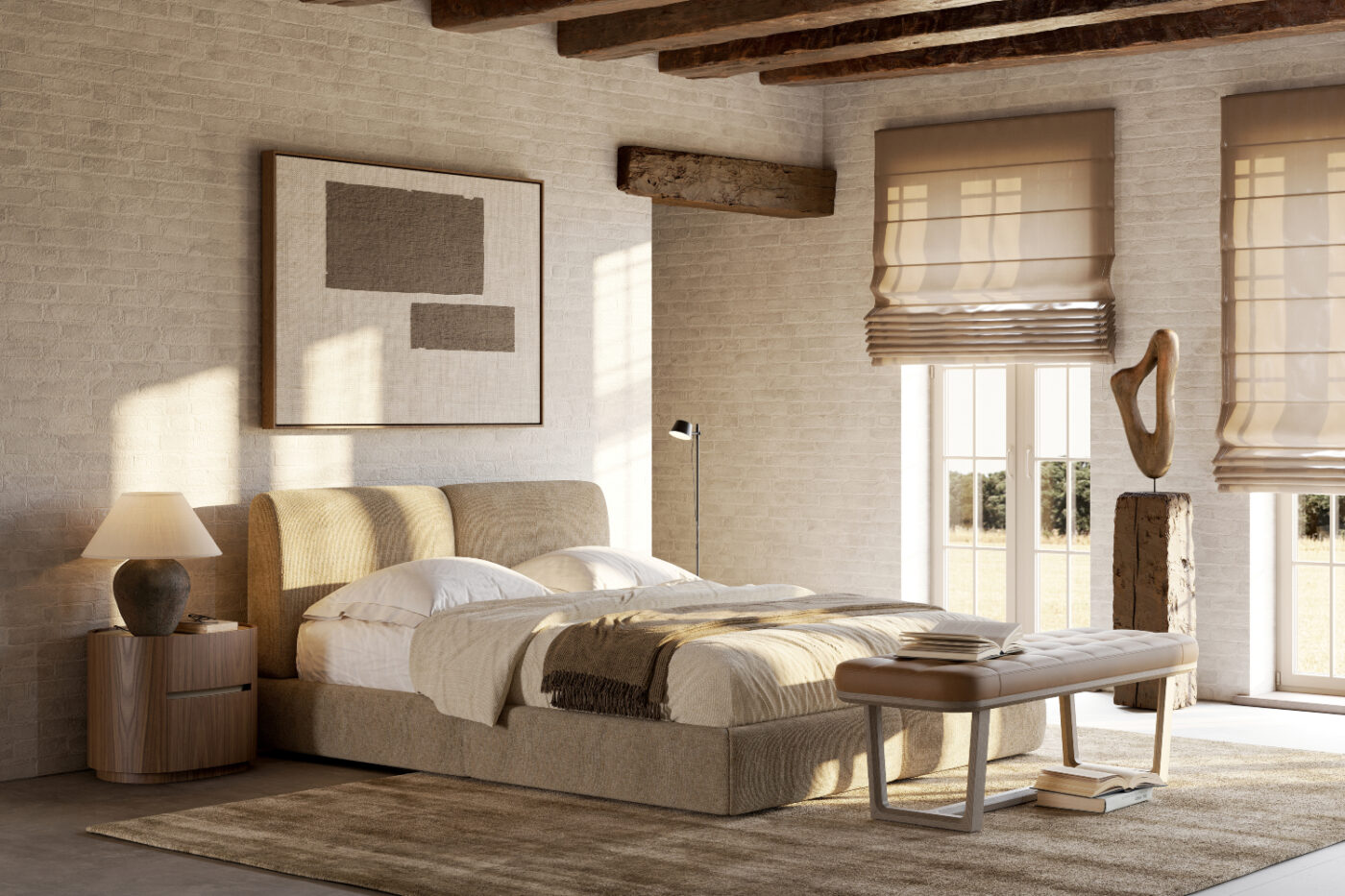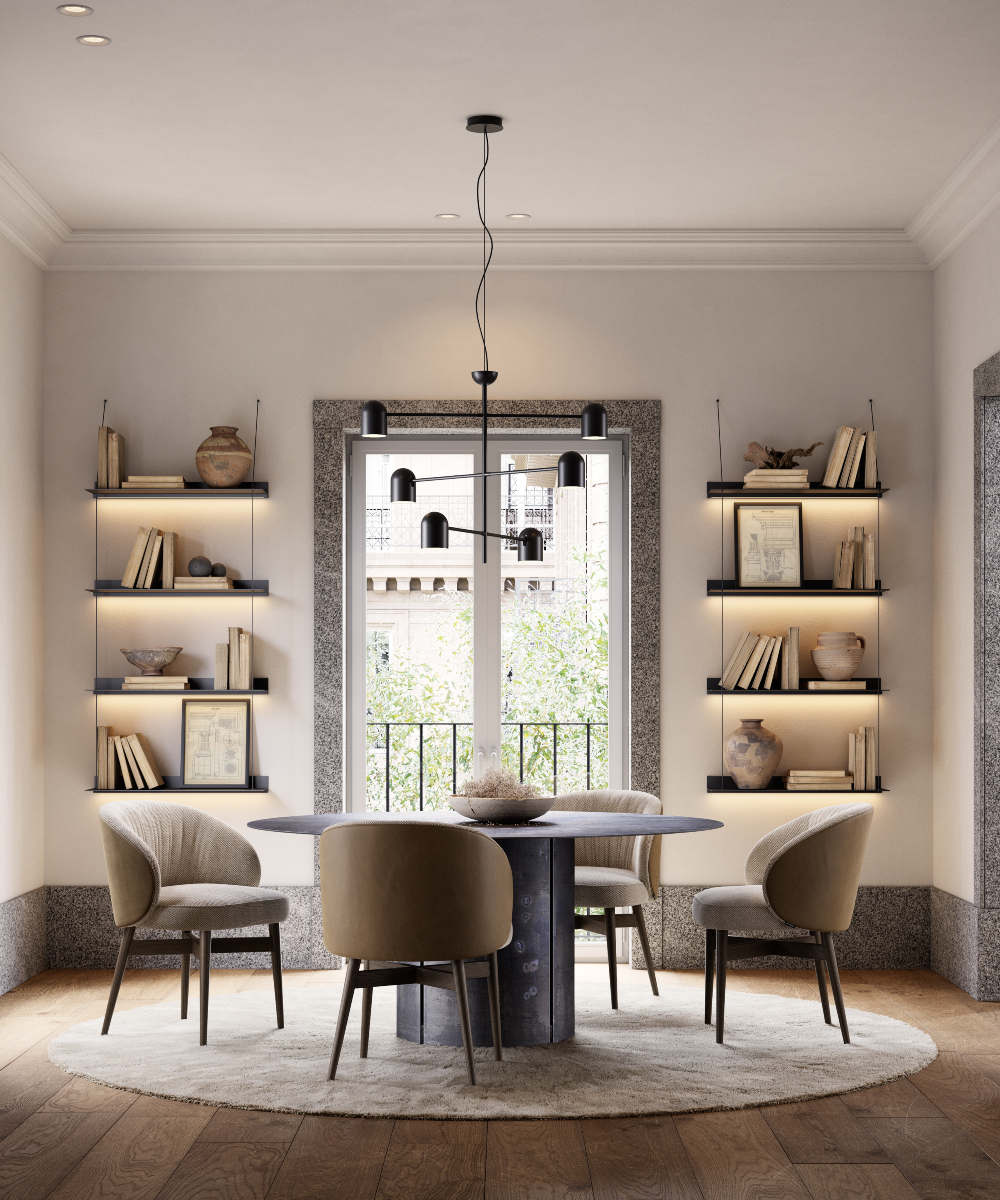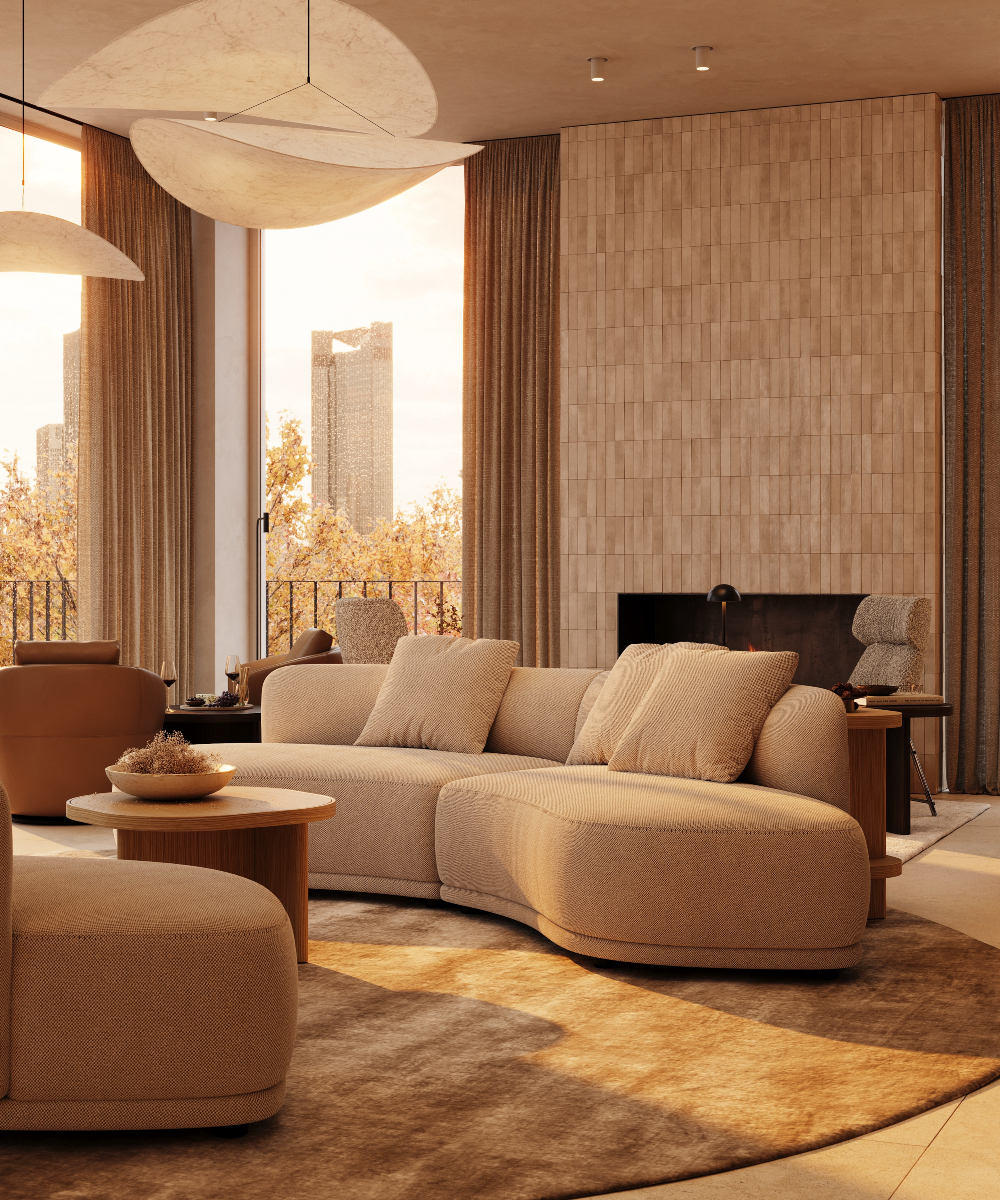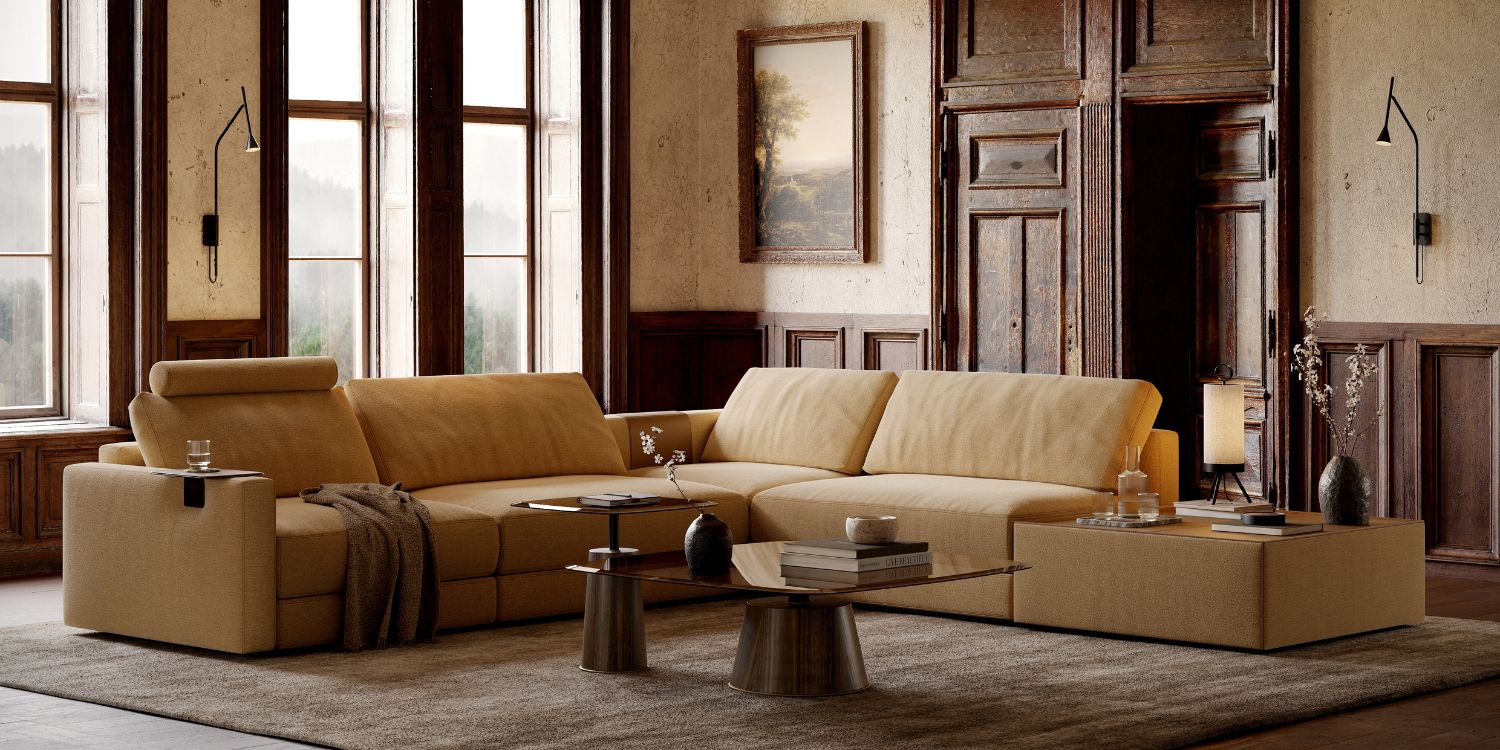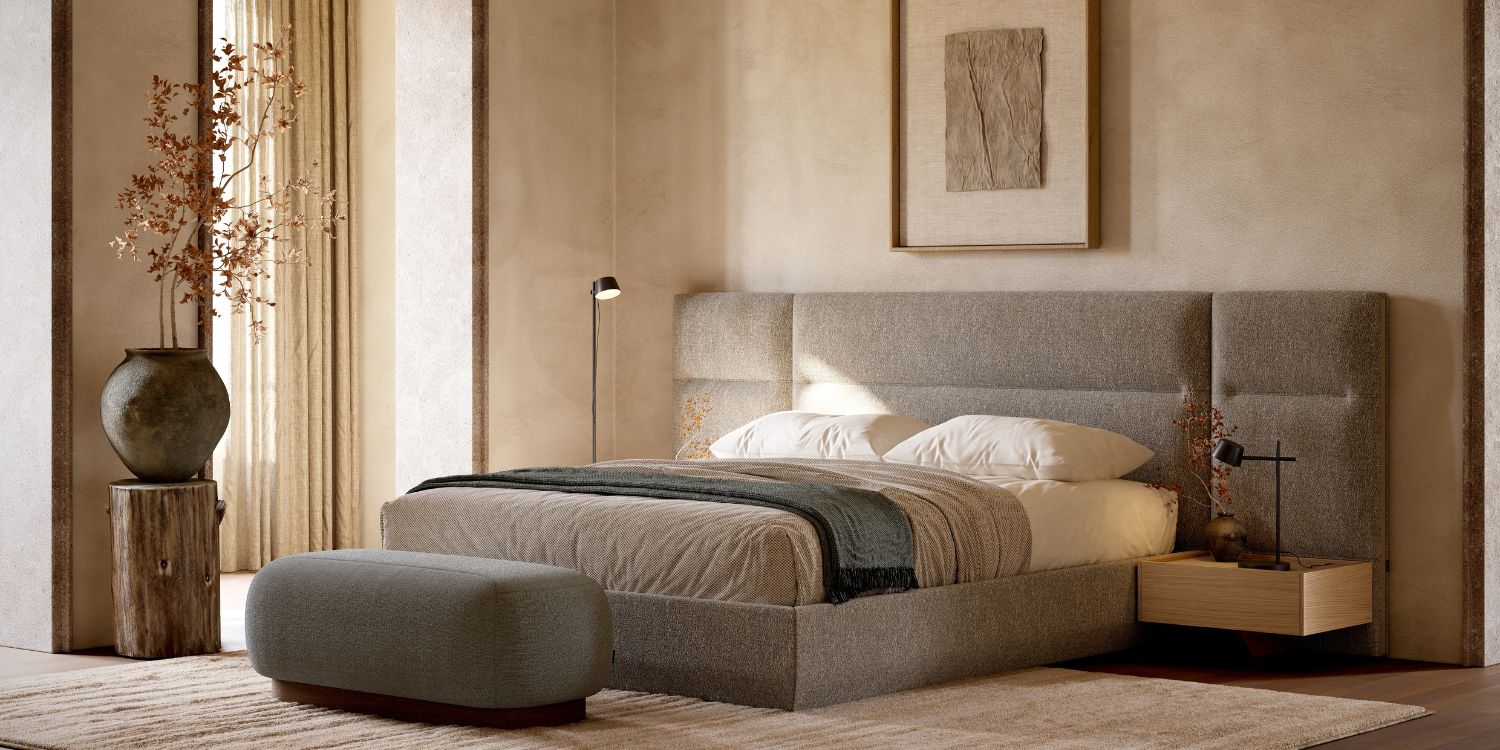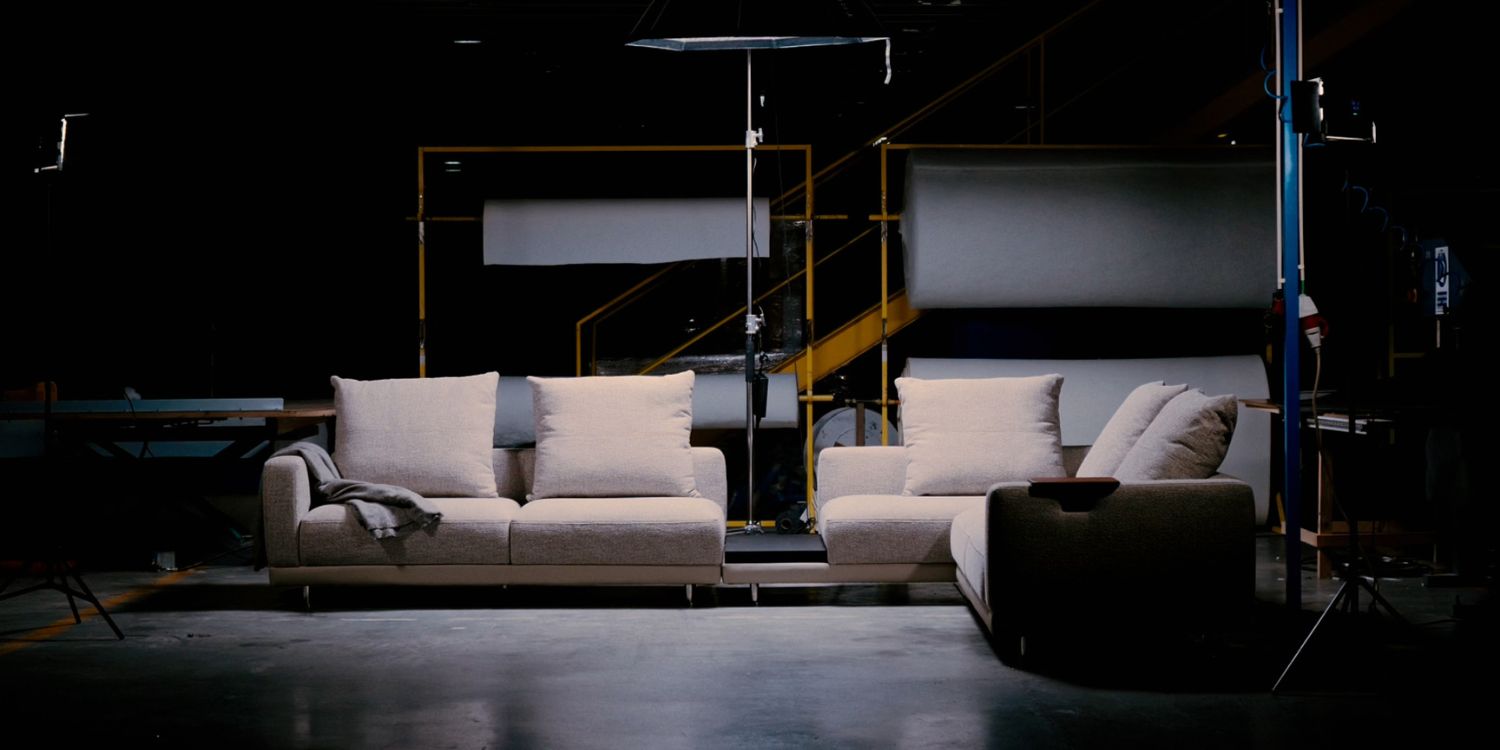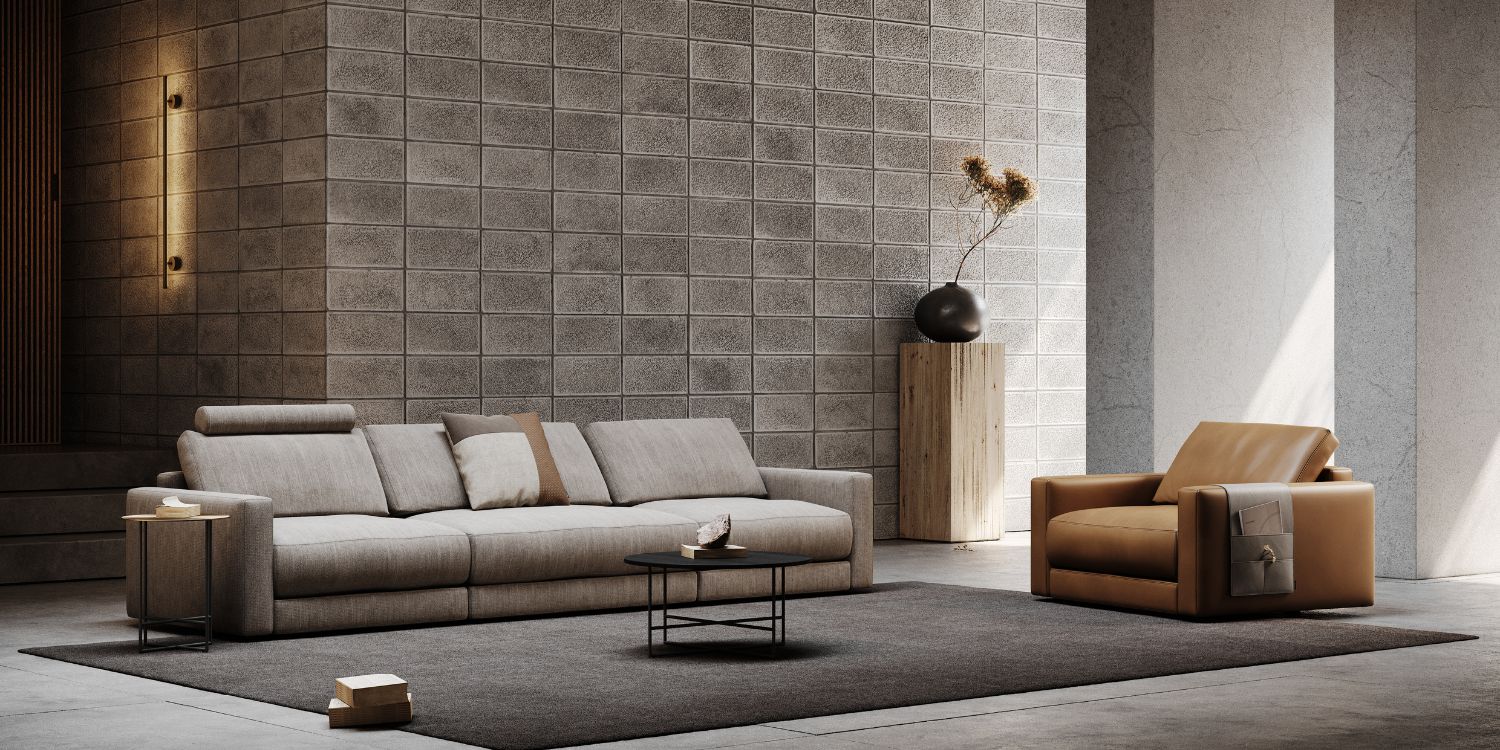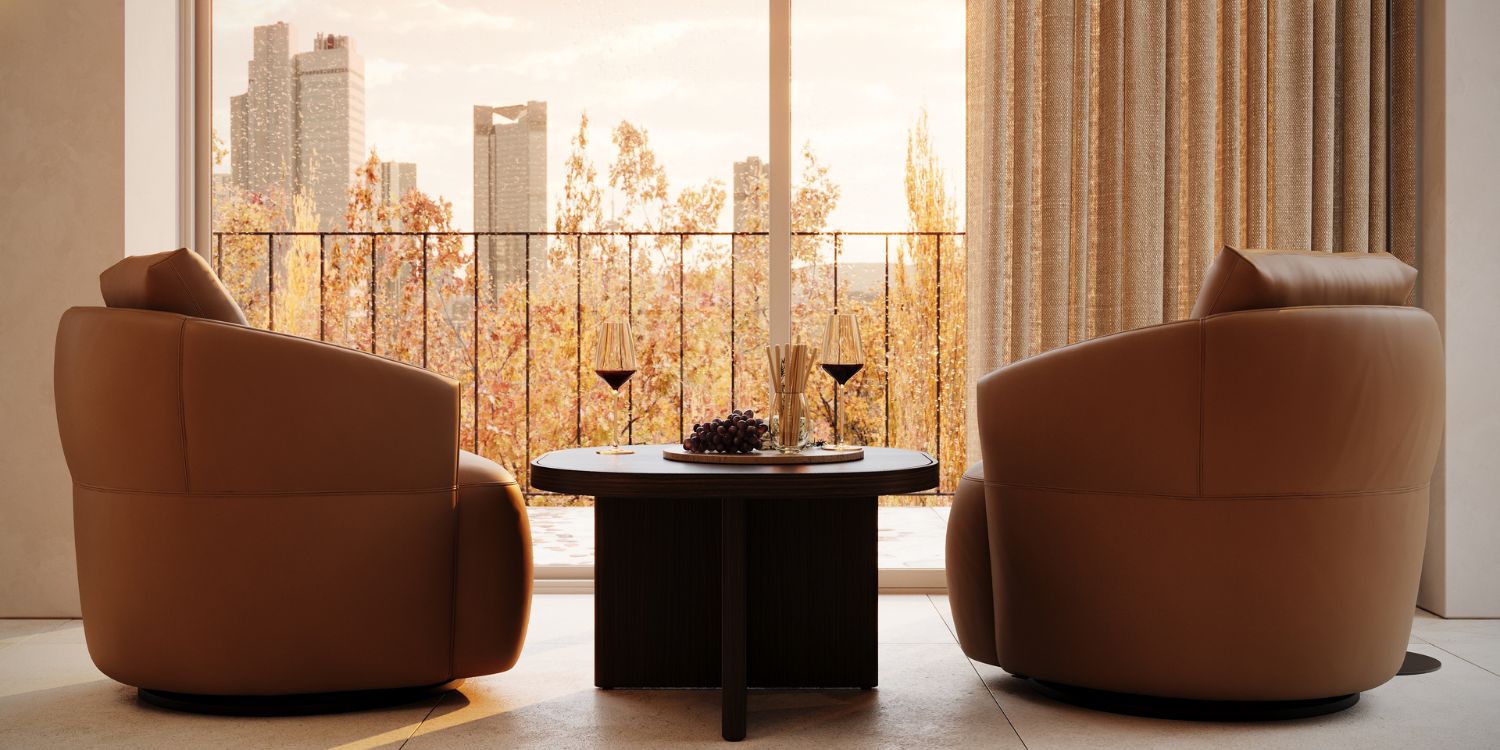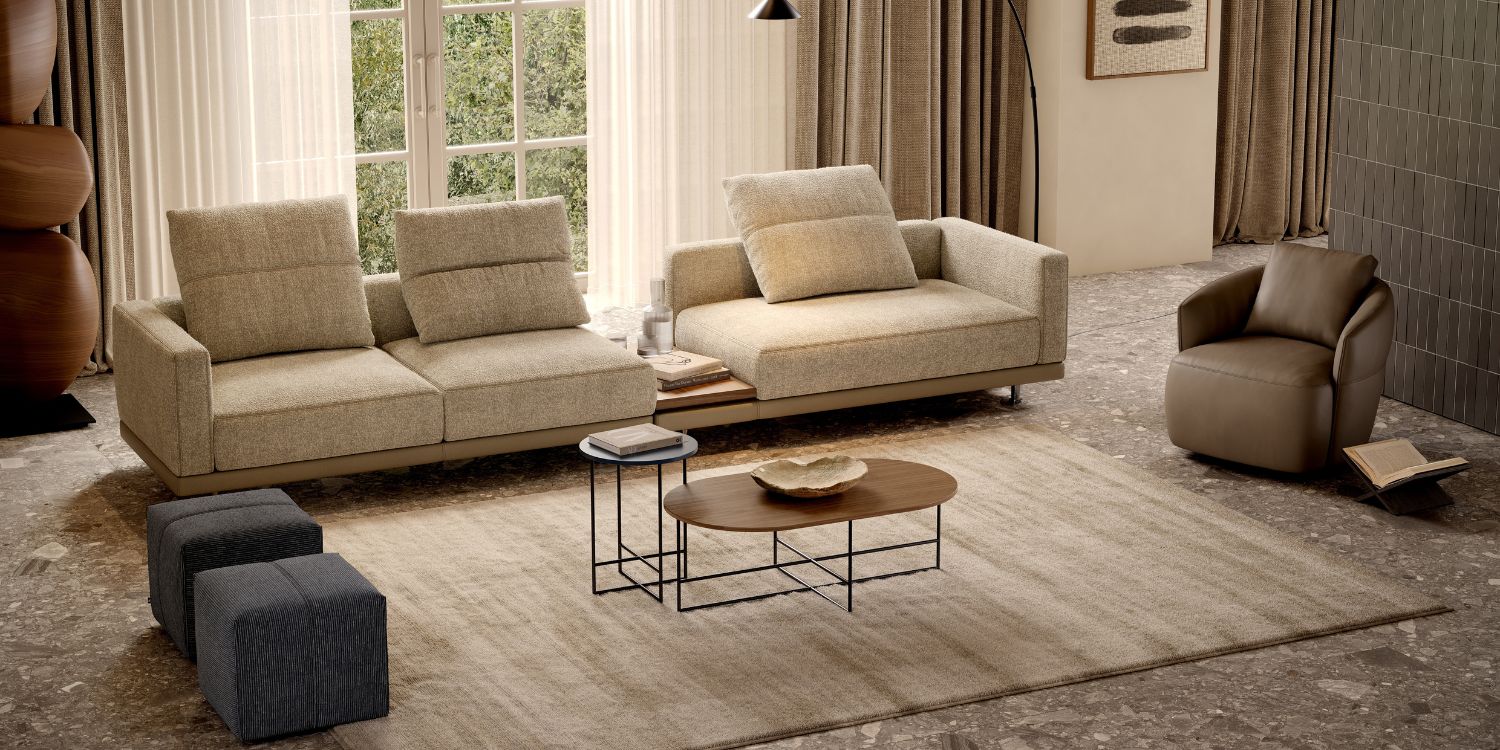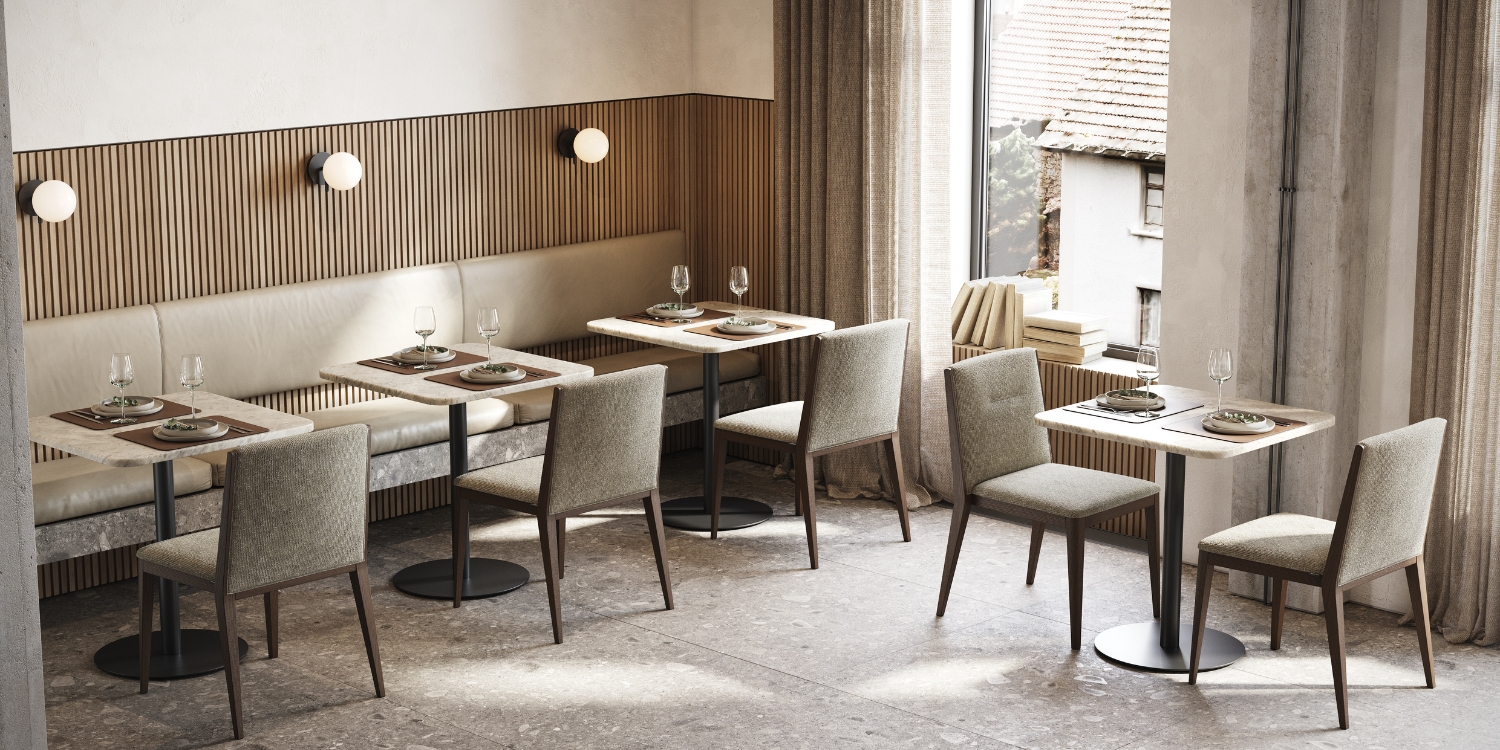In contemporary interior design, sound has become just as important as sight. As open-plan offices, minimalist homes and hospitality venues embrace sleek finishes and large volumes, designers face a recurring challenge: how to control acoustics without sacrificing aesthetics.
While architects may specify wall panels and ceiling baffles to absorb sound, designers are increasingly asked to go a step further – to curate furnishings that look good and perform acoustically. And that’s where acoustic and sound-absorbing furniture solutions come into play.
These pieces are more than just functional seating or décor; they’re integral tools in shaping a comfortable and balanced auditory environment. Whether it’s a plush sofa that softens echoes in a hotel lobby or an upholstered booth that dampens chatter in a restaurant, the right furniture can transform how a space feels – not just visually, but sensorially.
For interior designers, mastering the language of acoustic performance means creating interiors that sound as good as they look. But integrating such solutions can be tricky, especially when soft furnishings risk clashing with the project’s visual identity. Let’s explore how to bridge that gap.
Why Acoustics Matter In Design
When we talk about good acoustics, we’re essentially talking about comfort. Poorly controlled reverberation makes spaces feel chaotic and tiring. Think of a trendy café where conversation competes with clattering dishes or an office where meetings echo across an open floor – both are design successes visually but functional failures acoustically.
Research in environmental psychology has consistently shown that sound impacts wellbeing, concentration and social interaction. The right acoustic balance enhances the user experience, fostering calmness in hospitality spaces, focus in workplaces and intimacy in homes.
That’s why acoustic considerations are no longer reserved for architects or engineers. They’re part of the designer’s toolkit – a key layer of spatial harmony.
The Role Of Upholstery In Acoustic Control
Most sound-absorbing strategies target walls and ceilings. Yet, in practice, furniture plays a surprisingly significant role in sound absorption. Every upholstered surface helps reduce echo and reverberation.
Materials like fabric, foam and leather are natural sound diffusers. Their porous textures trap sound waves, preventing them from bouncing around hard surfaces like glass, metal or stone.
Here’s a simplified way to think about it:
- Soft = absorbent
- Hard = reflective
In minimalist interiors full of hard surfaces, the introduction of upholstered furniture is a quick win for sound control. Large sofas, padded headboards and plush dining chairs are not only aesthetic choices but also acoustic investments.
And when strategically placed – for instance, around reflective walls or in open areas – they break up sound paths and create zones of auditory comfort.
Common Design Challenges
Even though the benefits are clear, designers often face three recurring challenges when working with acoustic furniture solutions:
- Balancing form and function – Many worry that sound-absorbing pieces will look too bulky or utilitarian.
- Material selection – Not all fabrics perform equally; some absorb more sound than others.
- Integration across zones – Achieving a consistent look while managing acoustics across open spaces can be difficult.
Fortunately, modern manufacturers have elevated acoustic design into an art form. Today’s acoustic and sound-absorbing furniture solutions combine sculptural lines with advanced materials, meaning designers no longer need to choose between performance and aesthetics.
What Makes Furniture “Acoustic”?
While all upholstered pieces have some sound-absorbing properties, true acoustic furniture is designed with enhanced performance in mind. Look for these key features:
- Multilayered upholstery – A combination of dense foam and breathable fabrics maximises absorption across different frequencies.
- Curved shapes and deep profiles – Rounded or enveloping forms, like cocoon chairs or curved sofas, help diffuse sound more effectively.
- Partition-like structures – High-back seating or modular configurations can act as micro acoustic zones within open layouts.
- Smart textiles – New-generation fabrics are engineered for tactile beauty and sound attenuation.
For instance, a curved upholstered sofa not only invites conversation but also softens echoes — a balance of form, comfort and acoustic performance.
How To Integrate Acoustic & Sound-Absorbing Furniture Solutions In Your Projects
1 – Start with the function of the space
Every environment has unique acoustic needs. A corporate office requires speech clarity and low background noise; a restaurant needs warmth without muffling conversation; a hotel lobby benefits from subdued reverberation to create a sense of calm. Define what kind of sound atmosphere you want to achieve first.
2 – Choose the right furniture types
- Living rooms and lounges: Large upholstered sofas and poufs are natural absorbers. Domkapa’s pieces, for instance, feature dense foam structures and rich textiles that reduce echo while adding visual softness.
- Dining areas: Upholstered dining chairs, such as the Jermain or Norah, balance comfort with sound absorption, ideal for lively social spaces.
- Bedrooms: Padded headboards and soft benches like the Henry Bench help create serene, intimate environments.
- Hospitality or office spaces: Modular sofas, high-back armchairs or booth seating work wonders in open-plan layouts, offering both privacy and acoustic balance.
3 – Use furniture to define acoustic zones
Rather than separating spaces with partitions, use furniture arrangements to manage acoustics. A curved sofa can enclose a conversation area, while an upholstered dining banquette can create an intimate dining zone within an open floor plan.
4 – Play with textures and layers
The secret to acoustic comfort lies in contrast. Combine velvets, bouclés and wools with hard surfaces like stone or metal to achieve a visually and aurally balanced result. The soft layers absorb sound energy, while reflective materials maintain clarity and light.
5 – Leverage customisation
Brands like Domkapa allow designers to tailor fabric choices, densities and finishes – empowering you to fine-tune the aesthetic and acoustic properties simultaneously. By selecting textured upholstery or thicker foam, you enhance comfort and sound absorption without changing the overall silhouette.
The Benefits Of Acoustic Furniture Design
By integrating acoustic and sound-absorbing furniture solutions, interior designers can:
- Enhance user wellbeing: reduced noise levels improve comfort, focus and relaxation.
- Elevate perceived luxury: quiet spaces convey refinement and sophistication.
- Add multifunctionality: each piece serves aesthetic and performance purposes.
- Increase project value: acoustic comfort has become a strong selling point for clients.
- Foster signature design experiences: thoughtful soundscapes set projects apart.
In a world where clients expect not just beautiful spaces but meaningful sensory experiences, sound design through furniture is a powerful differentiator!
YOU MAY ALSO LIKE: From Colour To Craftsmanship: 6 Dining Room Trends For 2026
We are working every day to bring you the most stylish ideas to fulfil your inspiration and to create the best interior design projects, so feel free to follow our Instagram Page and subscribe to our newsletter.


